
Study Linux permissions in 2021 IP ON WIRE
Chmod calculator allows you to quickly generate permissions in numerical and symbolic formats. All extra options are included (recursive, sticky, etc). You'll be ready to copy paste your chmod command into your terminal in seconds. Use the octal CHMOD Command: chmod -R 777 folder_name OR use the symbolic CHMOD Command: chmod -R a+rwx folder_name

Linux permissions reset qustacme
There are three specific UNIX/Linux file system permissions - read ( r ), write ( w ), and execute ( x ). Permissions are grouped into three sets or triads, each defining access for different scope or class: user/owner ( u ), group ( g ), and everyone else/others ( o ). Permissions can be presented either in numeric (octal) or symbolic notations.
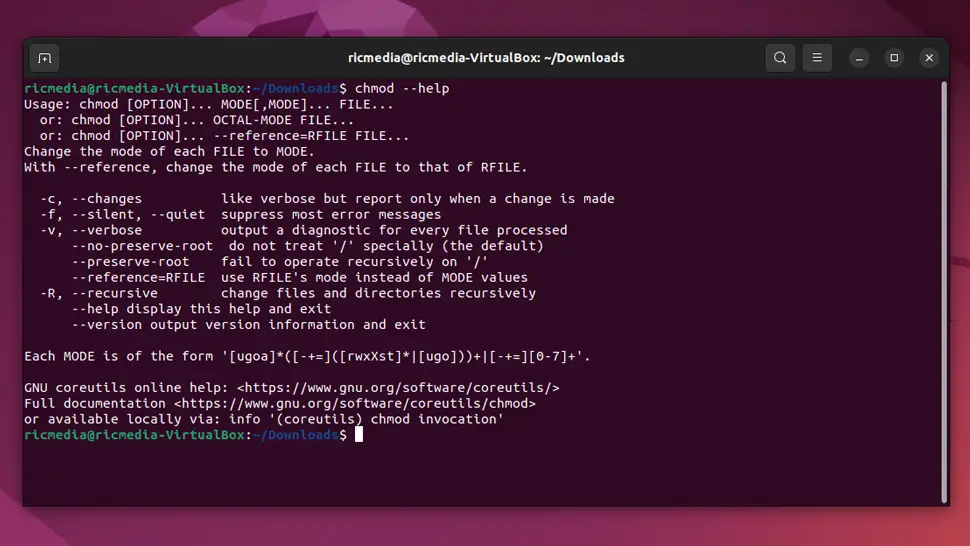
A Guide to Linux File Permissions and the chmod Command Ricmedia
HOW DOES CHMOD CALCULATOR WORK. The chmod calculator is an intelligent online tool that takes care of all the complex calculations of the perfect chmod entry for the type of permission you require. The well-structured and integrated calculator takes all the burden off your shoulder and provides you with the specific entry for your permission.

Linux permissions tables Reffffference
About Chmod Calculator. Chmod Calculator is a free utility to calculate the numeric (octal) or symbolic value for a set of file or folder permissions in unix or unix-like systems such as linux or ubuntu.. How it Works? Check the desired boxes or directly enter a valid numeric value (e.g. 777) or symbolic notation (e.g. rwxrwxrwx) to see its value in other formats.

Understanding Linux File Permissions The Complete Guide Edumotivation
The chmod command is used to control who can access files and directories on Unix and Unix-like systems. It allows you to specify three types of permissions for each file or directory: read, write, and execute. Change access permissions, change mode. read (r) → allows users to open and read the file's contents.

pokyny čistič výlet permission calculator počiatočné rozrezaný meč
What Are File Permissions? A file permission is a set of rules determining who has access to a particular file. There are three main categories of file permissions: Read, Write, Execute. Why Do You Need Them? If you're using Linux, macOS, or Windows, you'll probably need them at some point.

Linux File Permissions Calculator
File permissions are core to the security model used by Linux systems. They determine who can access files and directories on a system and how. This article provides an overview of Linux file permissions, how they work, and how to change them. File Permissions | Into the Terminal 02 Watch on How do you view Linux file permissions?
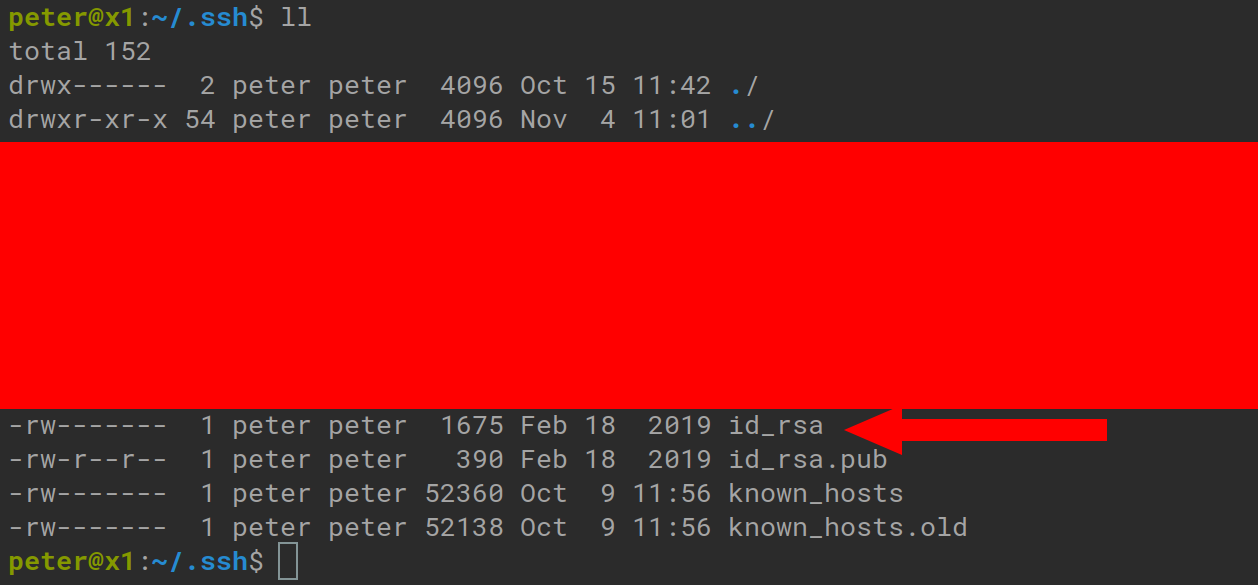
25+ Linux Permission Calculator SahlaSandeep
Chmod Calculator is an online utility to convert Linux permissions for files or directories on servers between different formats (symbolic, numeric). Easy to use: Check the desired boxes or directly enter a valid numeric value (e.g. 644) or symbolic notation (e.g. rw-rw-r--) to see its value in other formats.

Linux File Permissions Calculator
Online Unix or Linux file / directory permissions calculator. Converts from octal notation to rwx notation or symbolic mode and vice-versa. Also, generates the corresponding Unix command.. CHMOD or Unix/Linux Files/Directories Permissions Calculator. CHMOD Calculator. Change any input or check boxes. The command will be created automatically.

Linux File Permissions Tutorial For Beginners
The Chmod Calculator is a powerful tool for simplifying Linux permission calculations. Its user-friendly interface and data storage feature enhance convenience, saving time and providing a reliable reference for efficient Linux permission management. Embrace the Chmod Calculator to streamline your Linux permission tasks today!
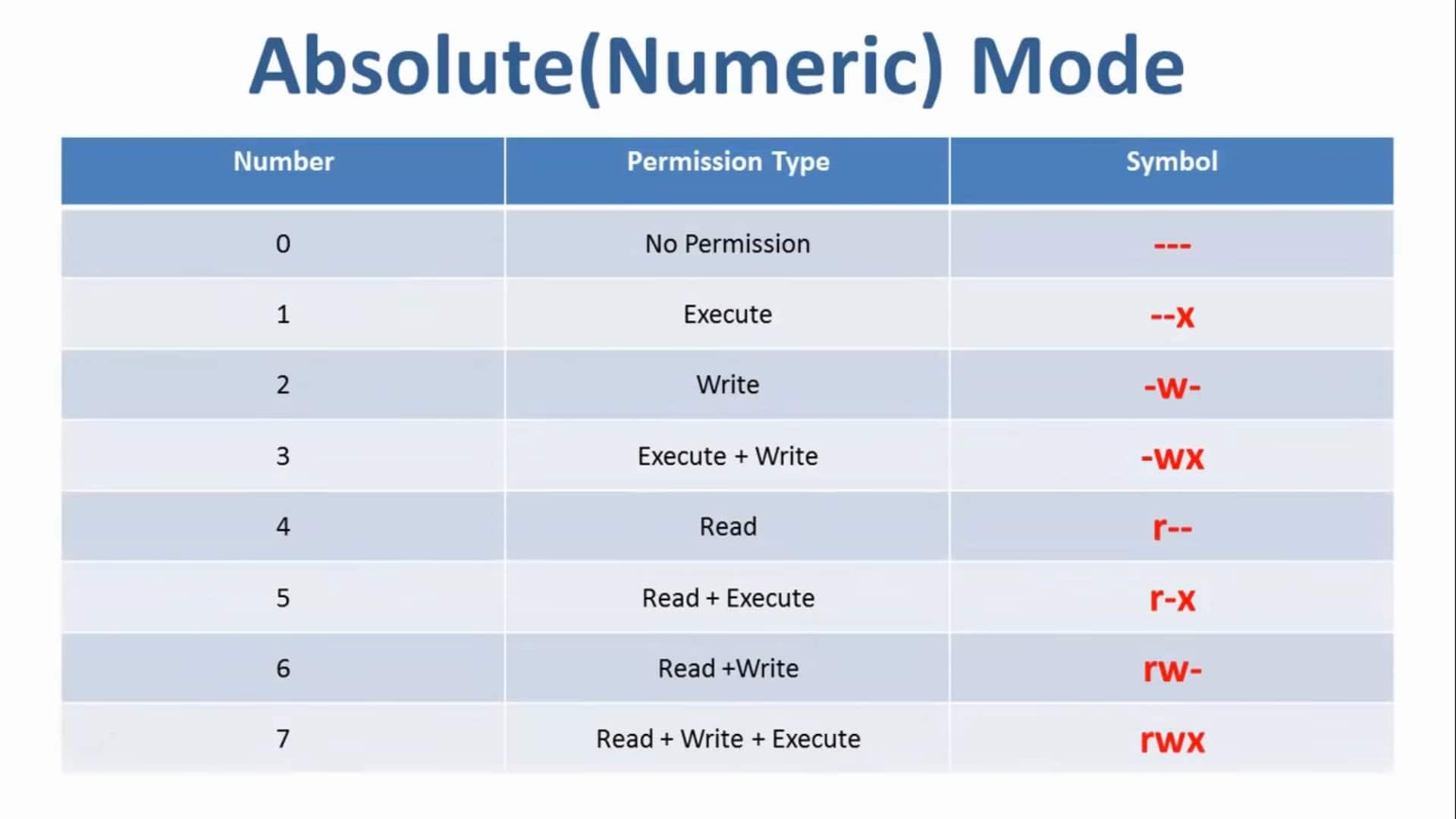
Linux file permissions and ownership management OLinux
The concept of Linux permissions calculator revolves around three main entities: user, group, and public. Owner Permissions Every file and directory in Linux is associated with a user. The user permissions define what actions the owner of the file or directory can perform.
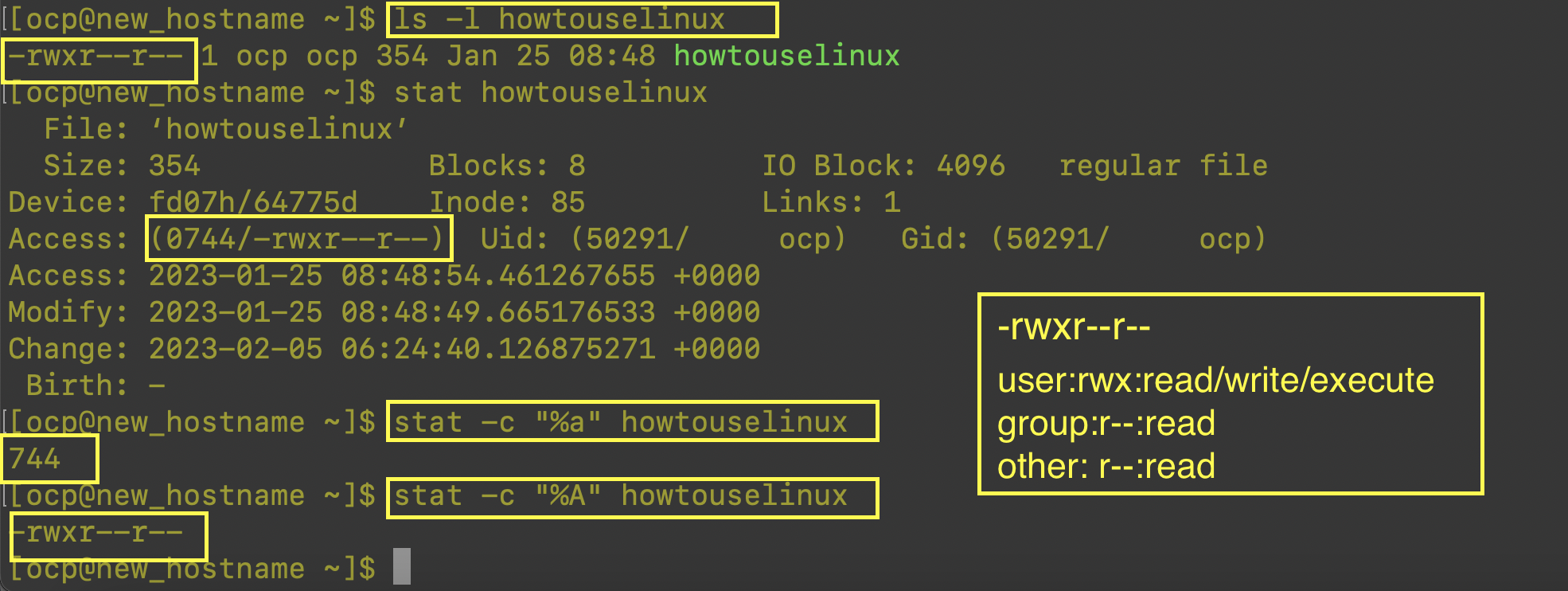
2 ways to check file permissions in Linux howtouselinux
Chmod Calculator is a free utility to calculate the numeric (octal) or symbolic value for a set of file or folder permissions in Linux servers. How to use Check the desired boxes or directly enter a valid numeric value (e.g. 777) or symbolic notation (e.g. rwxrwxrwx) to see its value in other formats. File Permissions
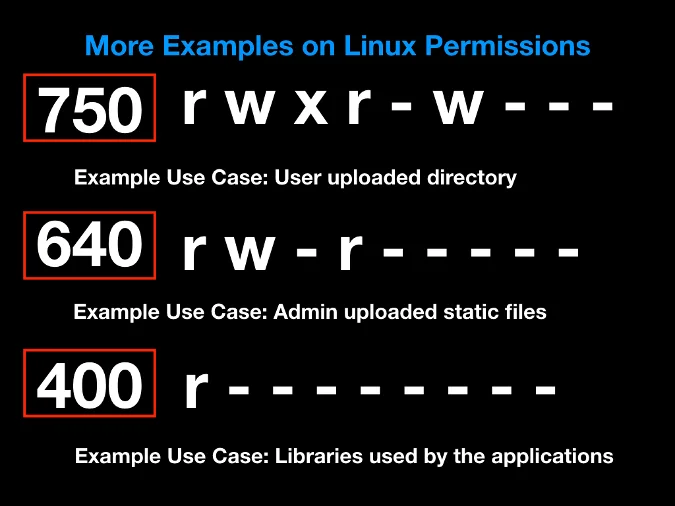
A beginner's guide to Linux permissions
This nifty online chmod calculator lets you calculate the file permissions in absolute and symbolic modes in a few clicks. Chmod Calculator: Calculate Linux File Permissions Chmod Calculator Just select the permissions that you want for your files and hit the Calculate button. The permissions are displayed under the calculate button. Owner Read:
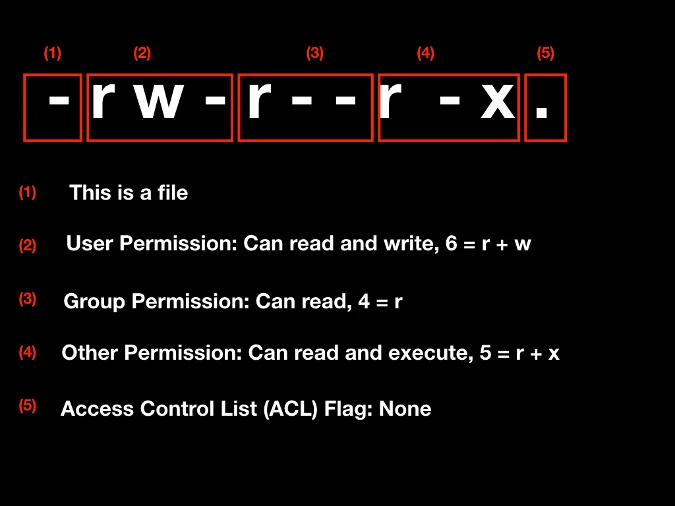
A beginner's guide to Linux permissions
Linux File permissions specify three things you can do with a file - read, write and execute. They are referred to in Linux by a single-letter code. r - read - you may view the contents of the file. w - write - you may change the contents of the file. x - execute - you may execute or run the file if it is a program or script.
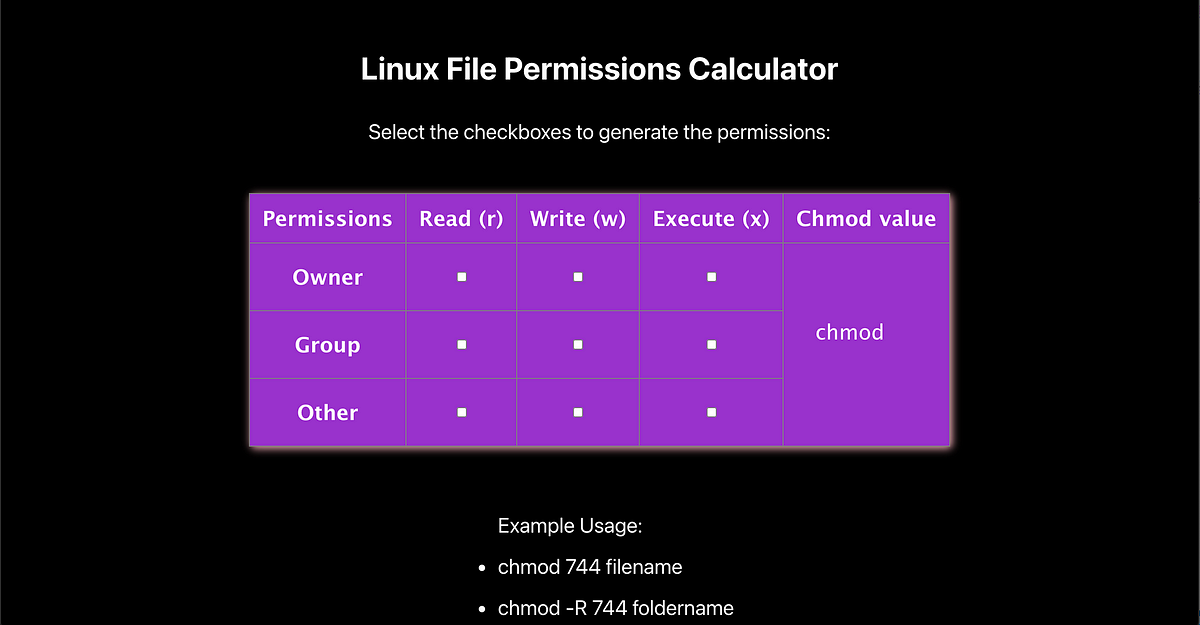
Linux File Permissions — chmod(numeric) calculator by Divya Bhushan
Chmod calculator generates command in number format for file and directory permissions in Unix and Linux. If you are working on Unix, Linux server then permissions are a very important and difficult task. Our chmod calculator generates file permissions for owner, group, and the public in number (744) and symbolic (rwxr--r--) notation formats.

Linux file permissions 101 The Ultimate Guide for Beginners
Explain Linux File Permissions and Ownership Explained with Examples Linux file permissions explained in simpler terms. Also learn how to change the file permissions and ownership in Linux in this detailed beginner's guide. Aug 17, 2018 — Abhishek Prakash Linux File Permissions and Ownership Explained with Examples